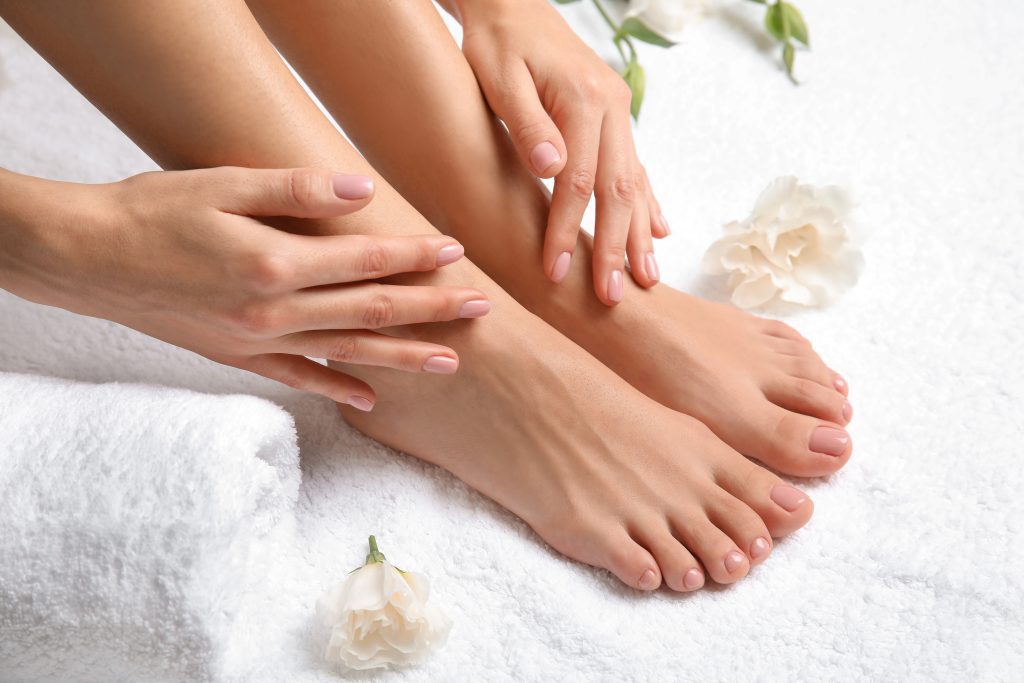The Evolutionary Purpose Of Toenails
With time, our bodies adapt to the environment in which we live and the lifestyle we adopt. Different body parts have evolved to better perform certain functions, and those that are no longer required for survival are eliminated gradually. We find most of our organs and limbs to be designed perfectly for our daily routine. But what could be the purpose of toenails?

Back in the Neolithic age, Man used to live in the wilderness and had to have long toenails for better grip, digging, burrowing, and climbing on trees and other surfaces. But no such task was required after the dawn of civilization began with agriculture. Fingernails help us in a variety of daily tasks, like holding, scratching, or defending (sometimes). But toenails are not used for such purposes. So why do they exist? Why did not they disappear with time?

The answer lies in the minor yet important function of protecting and reinforcing the soft tissues of the toes. Since our feet have to bear the burden of our whole body, the toenails must be strong. The bones at the ends of the toes are not as strong as other bones in the body. So, the nails provide an extra layer of protection in order to keep us from hurting ourselves.
We can conclude that toenails are vestigial but not idle. They do not simply grow continuously to be cut down. Their importance is undeniable and their presence is necessary for the better functioning of our bodies.
